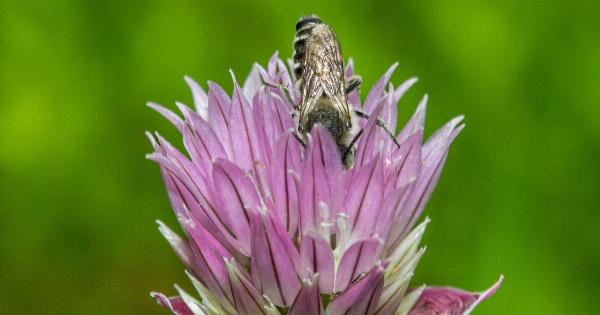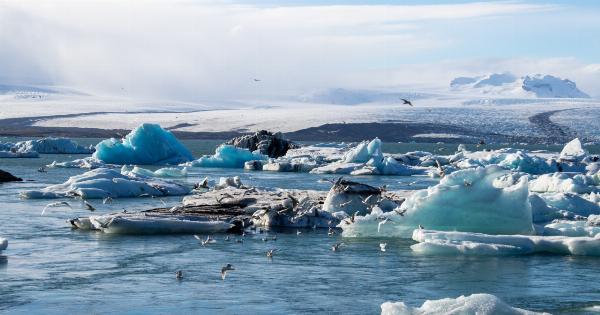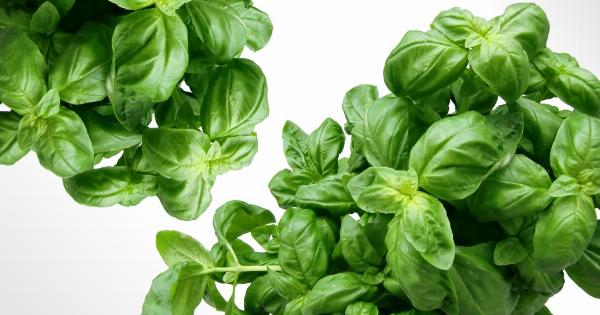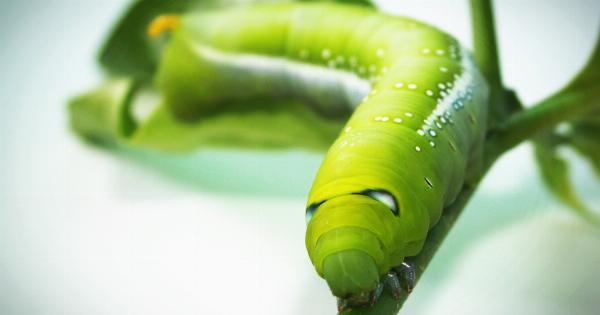Meat has always been an essential part of human diet, and it continues to be so in modern times. However, the meat industry has evolved to such an extent that it’s slowly impacting the environment.
Meat production is responsible for large greenhouse gas emissions, deforestation, and waste. In this article, we will take a closer look at why too much meat is bad for the environment.
Greenhouse Gas Emissions
The meat industry is responsible for a significant amount of greenhouse gas emissions. In fact, it’s the second largest source of greenhouse gases, after fossil fuels.
According to estimates, the livestock sector accounts for around 14.5% of all human-induced greenhouse gas emissions. This is more than the emissions from transportation.
The two primary greenhouse gases produced by the livestock sector are methane and nitrous oxide. Methane is produced during the digestion process of ruminant animals like cows and sheep.
Nitrous oxide is produced from manure and urine deposited by livestock. Both these gases are potent greenhouse gases that trap more heat in the atmosphere than carbon dioxide.
Deforestation
The demand for meat has led to a massive increase in deforestation in many parts of the world. Forests are converted into pastures, or land is used to grow feed crops like corn and soybeans for livestock.
Deforestation has severe consequences for the environment, as it disrupts ecosystems, leads to soil erosion, and increases the risk of flooding.
The Amazon rainforest is one example of how deforestation is driven by the meat industry. Brazil is the largest exporter of beef in the world, and beef production is responsible for around 80% of deforestation in the Amazon.
Cutting down trees to create pasture or grow feed crops is responsible for the loss of around 3.2 million hectares of forest per year.
Water Pollution
The livestock sector is also responsible for polluting water resources. The massive amounts of manure produced by livestock end up in rivers and lakes, leading to eutrophication.
Eutrophication occurs when an excess of nutrients, such as nitrogen and phosphorus, leads to the growth of algae and other aquatic plants. The growth of algae reduces the level of dissolved oxygen in the water, and this can lead to the death of aquatic animals.
Waste
The meat industry also generates a significant amount of waste. This waste includes manure, carcasses, and uneaten feed.
The disposal of this waste often leads to environmental problems like water pollution, soil contamination, and greenhouse gas emissions.
Human Health
Too much meat consumption is not only bad for the environment but can also be harmful to human health. High meat consumption has been linked to an increased risk of heart disease, stroke, diabetes, and certain types of cancer.
The risk is higher for processed meat like sausages, ham, and bacon.
Alternatives to Meat Consumption
Reducing meat consumption is one way to reduce the environmental impact of the meat industry. It’s not about giving up meat altogether but reducing the amount of meat consumed.
Eating a more plant-based diet is not only better for the environment but also for human health.
There are many alternatives to meat that are equally nutritious and tasty. These include legumes, nuts, seeds, and whole grains. Plant-based meat substitutes like tofu and tempeh are also great options.
They are high in protein and can be used in many recipes to replace meat.
Conclusion
Meat consumption has always been an essential part of human diet, but the meat industry has evolved to such an extent that it’s slowly impacting the environment.
The meat industry is responsible for large greenhouse gas emissions, deforestation, water pollution, and waste. The environmental impact of the meat industry can be reduced by reducing meat consumption and exploring alternatives to meat.




























